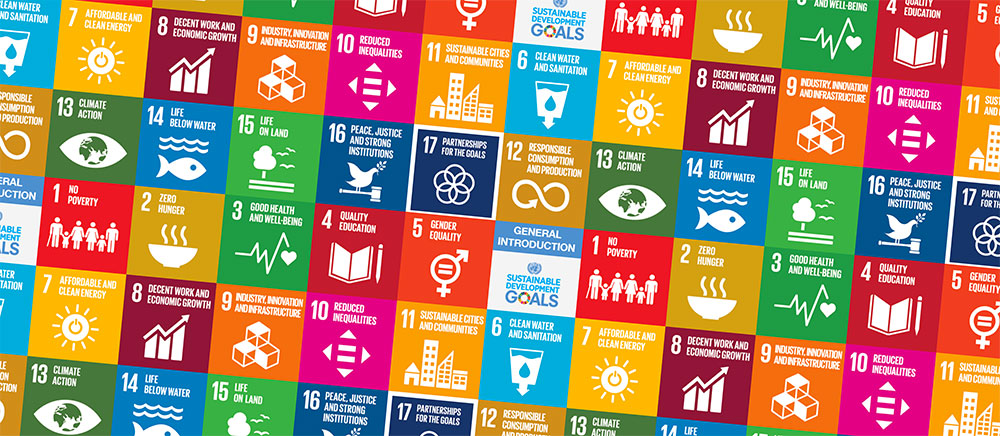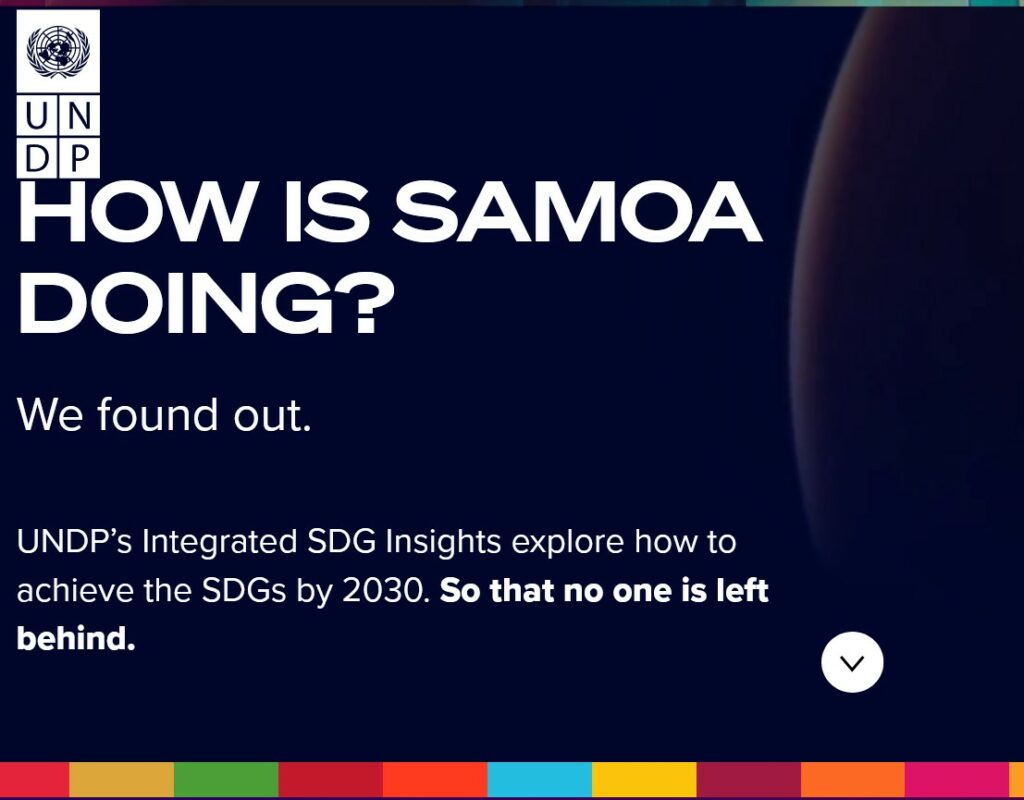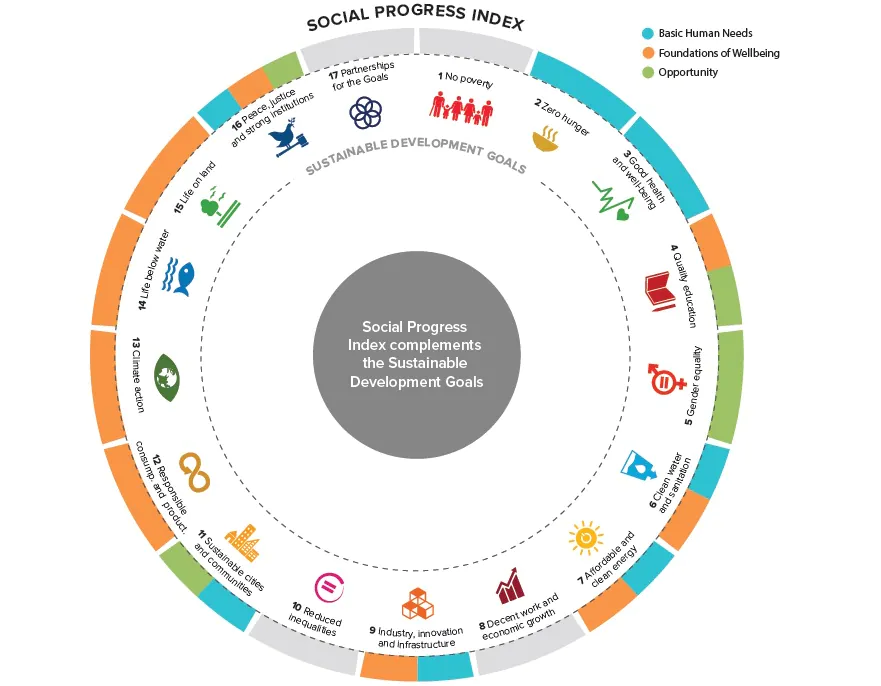
There are 169 targets encompassed within the 17 Sustainable Development Goals (SDGs).
How to measure all of these and understand the data can be a complicated process, with governments, academics and organisations all having varying methods and ideas as to what is the best way. This guide to exploring the data that gives meaning and accountability is going to briefly look at three different ways to measure our SDG progress as we enter the second half of their life cycle from now until 2030.
These are national, regional and global. All three ways have their own pros and cons, and so we will use an example of each to explore what each type of data monitoring can show us as we move forward.
National Data
National forms of SDG monitoring typically focus on just one country’s progress on the SDGs, or occasionally a specific town, region or county within a specific country.
Social Justice Ireland often advocates for this type of monitoring, as it can allow us to measure Ireland’s progress against countries of a similar size, economy or political system. This shows us that while Ireland performs well globally, Ireland is really quite a poor performer in comparison to other EU nations with similar characteristics.
Check out:
- Ireland’s national SDGs data hub by the CSO/Geohive
- Country short reports from the Sustainable Development Solutions Network
- Comparative data across EU countries by Social Justice Ireland and the
Regional Data
Regional forms of monitoring are focused on, as the name suggests, a region’s progress on meeting the SDGs. For example, the EU monitors their own progress, or academics might specifically monitor South America’s progress, or North Africa’s. Broader trends in a region that share similar characteristics can be particularly helpful as countries within a region are more inclined to work together and pool resources to tackle any issues.
However, inequalities within a region can be hidden when there are a large number of countries. For example, Europe performs stronger than most (but nowhere near enough!) against the SDGs, but Western Europe is significantly better performing than Eastern Europe. Therefore, it is important to be careful when selecting what countries should be grouped together, and consider splitting large regions up.
For example, Africa is a very large continent with a wide variety of religions, ethnicities, economies, political systems, histories etc. so it would not be helpful if it was all considered as one region together. Instead, it might be helpful to divide it into Southern Africa, Central Africa, West Africa, North Africa and East Africa, as a rough example when considering progress against the SDGs. This will help negate the problem of regional inequalities sometimes getting lost amongst big data.
Check out:
- Regional and thematic reports from the UN Development Programme (reports produced from human development priorities and perspectives, including the human development index.
- Monitoring the SDGs at regional level across the EU and produced by the Joint Research Centre (European Commission)
Pros: Generally, regions share similar characteristics, so it can give broader trends in case a particular country is an outlier for some reason.
Easy to compare different regions.
By looking at SDGs regionally, it is possible that regional groups can pool resources and work together to tackle issues (e.g the European Union).
Cons: Bunching countries together into regions can hide inequalities in a region.
Global Data
Finally, global data monitoring of the SDGs attempts to measure the entire world’s progress in meeting SDG targets. The UN attempts to measure this, as do academics such as Michael Green, who uses a Social Progress Index. (below)
This can be useful in a very broad sense but we should always be aware of the inequalities this type of dataset can hide.
The world as a whole might be doing well on a particular SDG, but a particular country or region might be struggling with it, and they may get ignored as it seems like that SDG progress is doing well globally. This could cause a country or region to be forgotten about or get left behind. It is vital this does not happen, and the SDGs include everyone!
Check out:
- SDG Data Alliance and their data hub meet-ups
- OurWorldInData have portals to each SDG with additional tables and charts
Ultimately, there is a time and a place for using all of these different types of data, but it is important to understand the benefits and limitations of each one.
While national SDG monitoring may help inform national politicians’ decisions and allow for comparison with similar nations, regional monitoring can help give a broader sense of the issues at hand, and may encourage regional partners to cooperate to tackle the SDGs.
Global monitoring can be useful to examine very broad trends over time, but it is vital this is always considered with the caveat that inequalities may be hiding beneath the surface of these broad trends.







